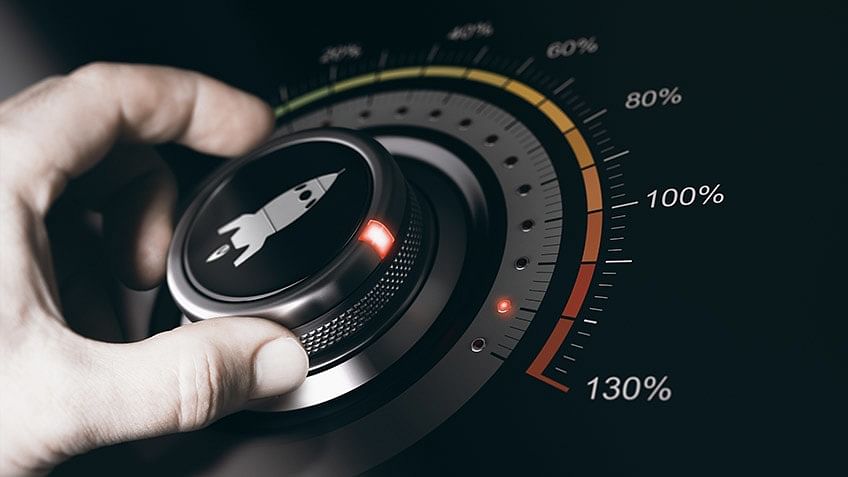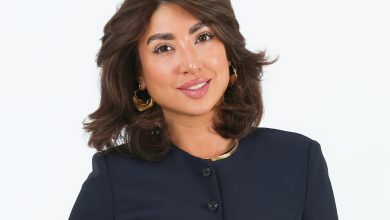
Application programming interface (API) automation testing has become indispensable in the current software development environment to guarantee application security, performance, and dependability. As companies rely more on APIs to link systems, share data, and expedite operations, the importance of strong automated testing approaches grows. In this article, we will look at advanced API automation testing strategies that may help businesses obtain optimal testing results and deliver high-quality software products.
Contract Testing
Contract testing is a fundamental approach in API automation testing that ensures flawless interactions between various services or microservices. This advanced technique entails reviewing the agreements or contracts between API customers and providers. By rigorously evaluating these contracts, organizations may essentially ensure compatibility and avoid regressions when making changes to APIs or underlying systems. This form of testing serves as protection, ensuring that any changes or upgrades follow set standards preserving system integrity and consistency.
Data-Driven Testing
Data-driven testing is a potent tool for assessing API functionality under various scenarios, typically employing many input data sets. To obtain complete test coverage, parameterize test data and automate test execution. Organizations can thus identify possible data handling and processing vulnerabilities by submitting APIs to various scenarios. This form of testing allows testers to replicate real-world usage situations, ensuring that APIs work consistently across various data inputs and use cases.
Mocking and Stubbing
Mocking and stubbing methods are essential in API automation testing because they allow testers to isolate the API being tested from dependent services or components. This strategy entails constructing mock objects or stubs to mimic the behavior of external variables. By simulating responses from these dependencies, testers may deliberately undertake extensive testing in controlled conditions, thus reducing reliance on external systems. Mocking and stubbing provide targeted testing, encouraging businesses to analyze API functionality and performance without being constrained by external constraints.
Performance Testing
Performance testing is critical for determining API responsiveness, scalability, and dependability under various load scenarios. This method simulates concurrent user interactions and evaluates response times to find performance bottlenecks. Organizations may improve API performance by doing performance tests, guaranteeing pleasant user experiences even under large workloads. Performance testing allows enterprises to solve scalability concerns and improve the overall efficiency of their APIs.
Security Testing
In today’s cybersecurity world, security testing plays a vital role in finding holes and weak spots in APIs that could put data accuracy, privacy, or access at risk. This method includes security scans, penetration testing, and threat modeling activities to protect APIs from potential cyber-attacks. Organizations may reduce security risks and assure regulatory compliance by undertaking comprehensive security testing, which protects sensitive data and maintains user confidence.
Versioning Testing
Versioning testing is imperative for ensuring that APIs are compatible and backward compatible across multiple versions. This method evaluates backward compatibility with prior versions and provides seamless migration pathways for existing customers. Versioning tests enable enterprises to avoid disruptions and preserve compatibility in growing API ecosystems, delivering a seamless transition for users and stakeholders.
Boundary Value Analysis
Boundary value analysis is a thorough testing approach that evaluates API inputs at the limits of allowable ranges to identify edge cases and boundary conditions. By concentrating on minimum and maximum numbers and values near limits, organizations can identify possible data validation and error handling concerns.
State Management Testing
State management testing is highly critical when it comes to ensuring the consistency and accuracy of API states over several transactions and interactions. This approach entails altering and watching the status of API resources to ensure appropriate state transitions and data consistency. Organizations can test state management skills thoroughly to validate rollback procedures and ensure data consistency in complicated distributed systems.
Dependency Injection Testing
Dependency injection testing isolates and controls API behavior by injecting dummy dependencies or test duplicates into the API being tested. This strategy improves API implementations’ testability, maintainability, and modularity by decoupling dependencies. Simulating diverse dependence scenarios allows enterprises to verify the resilience and dependability of their APIs, ultimately guaranteeing seamless integration and operation in various contexts.
Chaos Engineering
Lastly, chaos engineering is a novel technique for API testing that involves intentionally introducing faults and failures to detect flaws and improve resilience. Organizations may test their systems’ fault tolerance and recovery procedures by mimicking real-world failures like network outages or service interruptions. Chaos engineering enables businesses to proactively detect and resolve any vulnerabilities, ensuring that their APIs are strong and reliable.
Summing UP
For organizations to guarantee the dependability, efficiency, and security of their APIs in the twenty-first century, it is critical that they implement sophisticated techniques for API automation testing. Businesses that use these strategies may significantly improve their testing skills, reduce risks, and produce high-quality software products that satisfy the needs and expectations of users and stakeholders. Find out how ACCELQ’s cloud-based continuous testing technology will transform your API automation testing procedures.







